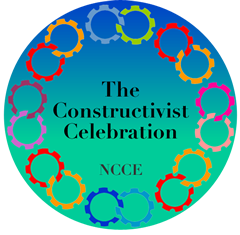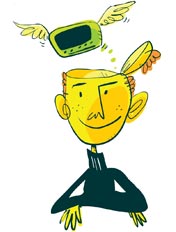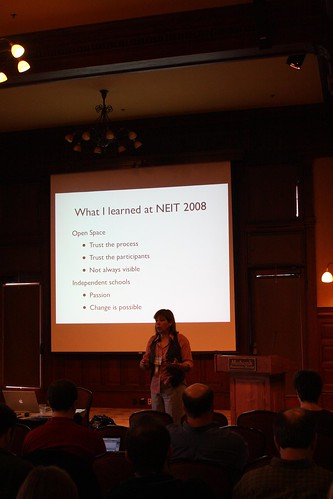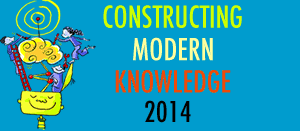![]() Today I’m heading to Denver for the T+L conference. T+L is the Technology + Learning conference of the National School Board Association. This year it’s in Denver, Colorado, October 27-29.
Today I’m heading to Denver for the T+L conference. T+L is the Technology + Learning conference of the National School Board Association. This year it’s in Denver, Colorado, October 27-29.
I’ll be doing a new session on Wednesday, Oct 28th at 3:30 PM called, “Engage Them! Project-based 21st Century Technology Literacy Curriculum”. It’s about several ideas:
- How to develop an engaging technology literacy curriculum for the 21st century, with students in mind and with students involved
- The difference between technology literacy and fluency
- Developing a “Technology Ecology”
- Why projects and technology go together
- Showing videos of students who are doing these things in their own schools
I’m not sure I’m the first one to use the term “Technology Ecology”, but I’m starting to really like it. The big idea of this talk is that technology isn’t a subject as much as an ecology - an overarching web of opportunities that can support all kinds of subjects and areas of personal interest. So when we talk about technology curriculum, we need to stretch our minds a bit and imagine new possibilities and connections.
I think a school with a technology ecology is one that is constantly asking the participants to do more with technology, challenging the status quo, and always trying new things. A curriculum that embraces this mindset would reach outside class walls to ask students not to just learn to use a word processor, but to to create word processed documents that were meaningful and useful to the student, or perhaps to the school. Why make just movies in technology class when you could make movies that satisfy a history assignment, or help younger kids learn math, or introduce new students to your school. An ecology that looks for authentic projects and embraces the potential of youth to do important things and make important contributions, using the digital tools that they know and love.
After this session, I’ll post more about it here.
Generation YES is a co-sponsor of the T+L conference, and we’ll be down in the co-sponsor booth area, number 118. So if you miss the session, come by and say hi!
Hopefully there will be a T+L Tweetup too - if you’d like to connect, please follow me at smartinez
Sylvia



 I took a risk too, I didn’t prepare my keynote presentation until the night before. I felt I wanted to honor the process and trust that the experience of the conference would provide support for my topic of leadership vision to action, especially student leadership. And it did. I liked what I came up with, and the audience seemed to as well.
I took a risk too, I didn’t prepare my keynote presentation until the night before. I felt I wanted to honor the process and trust that the experience of the conference would provide support for my topic of leadership vision to action, especially student leadership. And it did. I liked what I came up with, and the audience seemed to as well. 